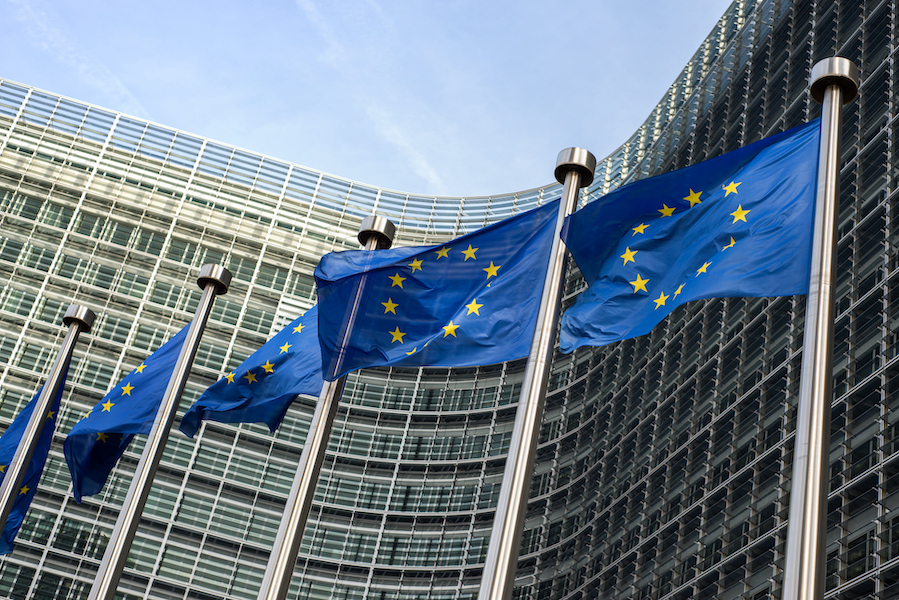
Europeans again saw some relief as inflation dropped more than expected to 2.4% in November, the lowest in over two years, as plummeting energy costs have eased a cost-of-living crisis but higher interest rates squeeze the economy’s ability to grow.
Inflation for the 20 countries using the euro currency fell from an annual 2.9% in October, according to numbers released Thursday by Eurostat, the European Union’s statistics agency. It’s a far cry from the peak of 10.6% in October 2022 as an energy crisis left Europe’s households and businesses struggling to make ends meet.
The new figure is close to the European Central Bank’s inflation target of 2% following a rapid series of interest rate hikes dating to summer 2022. But the tradeoff is stalled economic growth.
Much-watched core inflation, which excludes volatile fuel and food prices, fell beyond analysts’ predictions — to 3.6% this month from 4.2% in October. It raises expectations that the ECB would hold rates steady for the second time in a row at its next meeting Dec. 14.
“It will hard for the ECB to ignore the extent to which the inflationary tide is turning,” said Andrew Kenningham, chief Europe economist for Capital Economics.
ECB President Christine Lagarde reiterated this week that the bank would make decisions based on the latest data and keep rates high as long as needed to reach its inflation goal.
Energy prices plunged 11.5% from November 2022. But risks remain from global conflicts, and while food prices in the eurozone have eased, they are still up 6.9% from a year earlier.
“This is not the time to start declaring victory,” Lagarde said Monday during a hearing in the European Parliament.
That’s on stark display in Germany, Europe’s largest economy, which saw annual inflation fall to 2.3% this month from 3% in October. But it is now dealing with a budget crisis — on top of being the world’s worst-performing major economy when it comes to growth.
The energy crunch was especially hard on Germany, which relied on cheap natural gas from Russia to power its factories. Moscow largely cut off its supplies to Europe following Western sanctions over the invasion of Ukraine, and companies are still facing the fallout.
Relief on their bills is at risk after a court ruling upended Germany’s spending plan and left the government scrambling to fill a 60 billion-euro (more than $65 billion) hole.
In the U.S., the Federal Reserve’s preferred inflation measure fell to an annual rate of 3% in October from 3.4% in September. The Fed is expected to keep its key rate unchanged when it meets in two weeks.
Meanwhile, with rates high in the eurozone, the economy has stalled this year, even shrinking 0.1% in the July-to-September quarter, according to Eurostat. On Wednesday, the Organization for Economic Cooperation and Development projected that the full year’s muted growth of 0.6% would rise only to 0.9% in 2024.
“With a weakening economic outlook and disinflation, rate hikes should be off the table at the December meeting,” Carsten Brzeski, global head of macro at ING bank, said about the ECB, whose key rate has hit a record-high 4%.
“Given that the full impact of the tightening so far will still unfold in the coming months, the risk is even high that the ECB has already tightened too much,” he said in a research note.